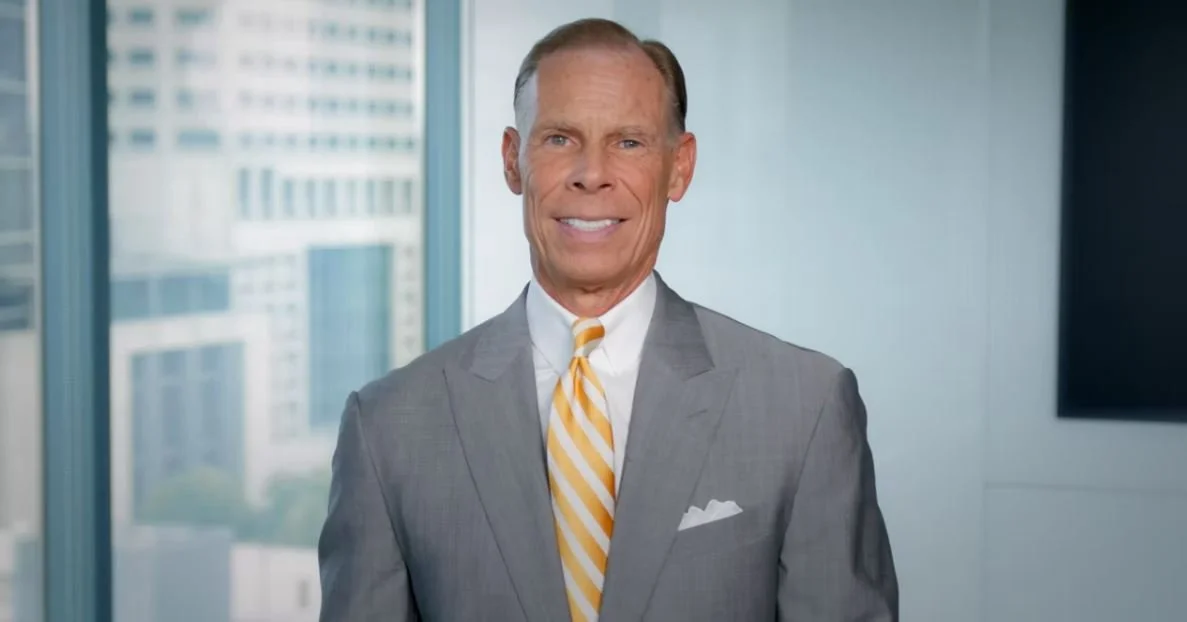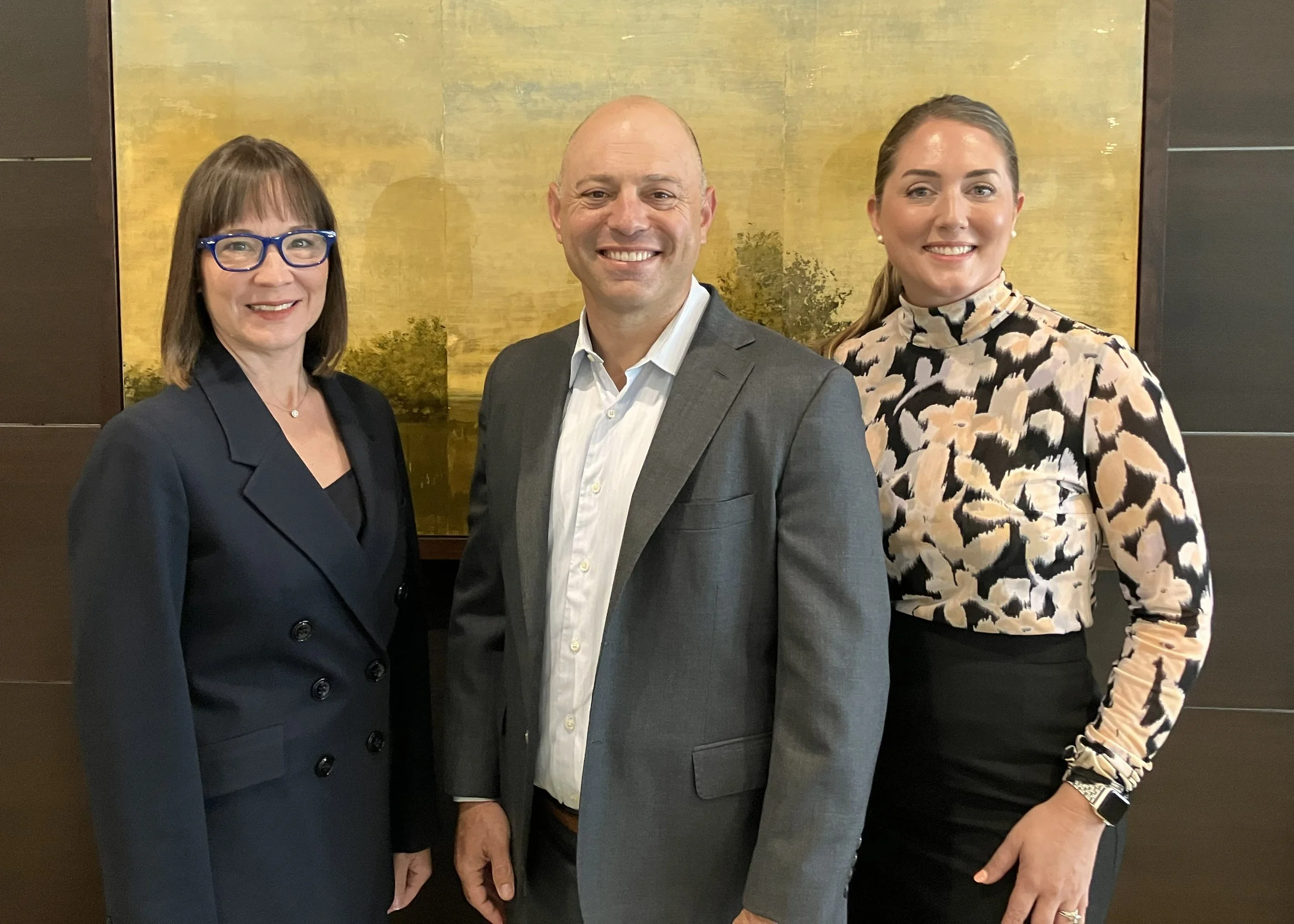At Ferguson Wellman, the alternative assets desk (my primary role) tends to be where the uncommon client questions land. Alternative assets, in our world, are basically anything that is not a publicly traded stock or bond, and our clients come to us with terrific questions that often sit in this "other" bucket.
What the Fed Controls—and What the Market Decides
As we look ahead to the Federal Reserve’s December 10 policy meeting, markets are pricing in a greater than 90% chance of a .25% cut in the Fed Funds rate. As my colleague Blaine Dickason wrote last week, the Fed is laser-focused on the jobs market. While this week’s labor market data points to a cooling trend, it doesn’t suggest a contraction.
The Fed at a Crossroads
Yesterday marked Jerome Powell’s last Thanksgiving as Federal Reserve Chair. While he might have much to be thankful for, this year, as he enters the final months of his chairmanship, a unified Federal Reserve is not one of them. With the next Fed meeting and a possible interest rate cut in less than two weeks, we wanted to highlight the dynamics and implications of several transitions occurring at our country’s central bank.
Reversal
Coming into this week, investors were focused on two items: the release of delayed employment data and Nvidia’s earnings announcement.
Unfolding Medicare’s Income-Related Adjustment Amount (IRMAA) Surcharges
As the pace of life can slow down in the fall and winter seasons, so can we find ourselves noticing the finer details that surround us. These seasons invite reflection and intentionality, making them an ideal time to turn our attention to year-end financial planning.
Data Drama
I spent much of last Sunday with my father in his garage, servicing my car’s rear brakes. The job was supposed to be quick as we’d done it before without much trouble. Worn-out parts come off, new ones go on.
Cash Incinerators vs. Cloud Comebacks
This past week offered a trifecta of market-moving headlines: the Federal Reserve lowering interest rates, the latest chapter in the U.S. - China trade saga and a flurry of earnings reports from the leaders in tech and AI.
Disrupt or Be Disrupted
The idea of an AI bubble has been the topic du jour among mainstream investment news channel commentators. It’s no surprise: AI has been the primary driver of the stock market’s rise for the third consecutive year.
Examining the Risks in Private Credit
When a company needs a big loan to buy a competitor or fund a major project, they traditionally go to big banks or sell bonds on the public market. Private credit funds changed this process, allowing for more streamlined borrowing. Private credit funds act as the bank, lending money directly to companies in bespoke deals.
Making the Most of Your Finances Before Year End
As the year draws to a close, it's an opportune time to review your financial situation and ensure you meet year-end deadlines to maximize your financial benefits. Completing these year-end financial tasks can help you save on taxes, secure your retirement and prepare you for the year ahead.
Shutdowns and Smokescreens
On Wednesday, Congress failed to reach an agreement to fund the government, resulting in the first shutdown since 2018. While news headlines are filled with political drama, the financial markets have told a different story.
Stuck in Neutral: Why the U.S. Job Market Is So Confusing Right Now
We’re caught in a strange economic limbo with the U.S. employment market. Large-scale layoffs and a climb in the unemployment rate that signals a recession has not materialized; but the robust hiring that signals a healthy economy has vanished. The result is a labor market completely stuck in neutral, and the official numbers we’ve relied on for decades are looking shakier than ever.
Stalemate
Over the course of the third quarter, the focus among investors, economists and the Fed itself shifted from tariff policy to jobs. We’ve arrived at a dynamic in the labor market that can best be described as a “stalemate.” Both hiring and firing rates sit at low levels. Businesses, uncertain about the future, are holding onto the employees they have, while simultaneously hesitating to bring on new staff. Top of mind is whether the frozen labor market will thaw through a resumption of hiring or whether we are in the early stages of an eventual rise in the rate of unemployment.
The Bubble Talk is Back, But This Story Has Further to Run
The chatter is unmistakable. From trading floors to investment committee meetings, "bubble" has officially entered the market dialogue. The latest Schwab survey reveals that 57% of professional traders now view the market as overvalued. Meanwhile, prominent economists are drawing comparisons to the dot-com era, with Apollo Global Management's chief economist Torsten Slok noting that today's top stocks are “more overvalued” then their counterparts were in the 1990s.
Northwest Financial Experts Urge Homeowners to Proactively “Disaster Proof” Their Finances—Lessons Learned from Wildfire Experiences
PORTLAND, Ore.—(Businesswire)—Homeowners in areas around the U.S. continue to face the threat of natural disasters as wildfire, flood, and hurricane seasons converge in late summer and fall months. Beyond immediate safety concerns, the financial aftermath of natural disasters can be devastating.
Jobs, Jobs, Jobs
Just as the three most important considerations for real estate investors are “Location, Location, Location,” the three things both markets and policymakers were focused on this week were “Jobs, Jobs, and more Jobs” … or fewer jobs as it turned out, with today’s report from the Bureau of Labor Statistics (BLS).
Fed Independence Under the Microscope: What It Means for Bond Investors
The Federal Reserve’s independence is a cornerstone of U.S. financial stability. It underpins confidence in Treasury markets, the world’s deepest and most liquid, and supports the U.S. dollar’s role as the global reserve currency. Recent actions and statements from the White House, however, have stirred a debate over that independence and prompted a reasonable investor question: Will markets react to politics, or will they continue to focus on the data?
Eyes on the Tetons
Each year, central bankers, finance ministers and academics gather in Jackson Hole, Wyoming, for an economic policy symposium (or boondoggle, whichever you prefer).
Umbrella Insurance: Common Mistakes
Umbrella insurance is one of the most commonly misunderstood and overlooked types of insurance coverage available. This form of liability coverage sits on top of your existing auto, homeowners or watercraft policies and is designed as an additional layer of protection from large claims that exceed your standard policy limits.
All You Can Eat: Data Deluge Edition
This week delivered an unprecedented convergence of critical market-moving events that tested investors' ability to parse signal from noise.
















